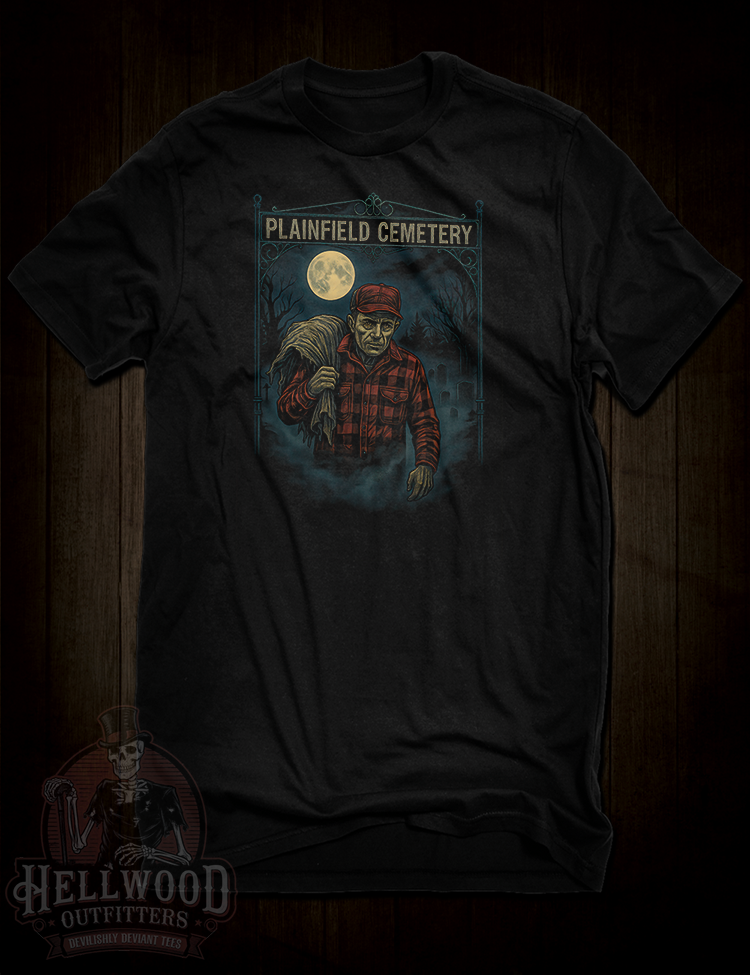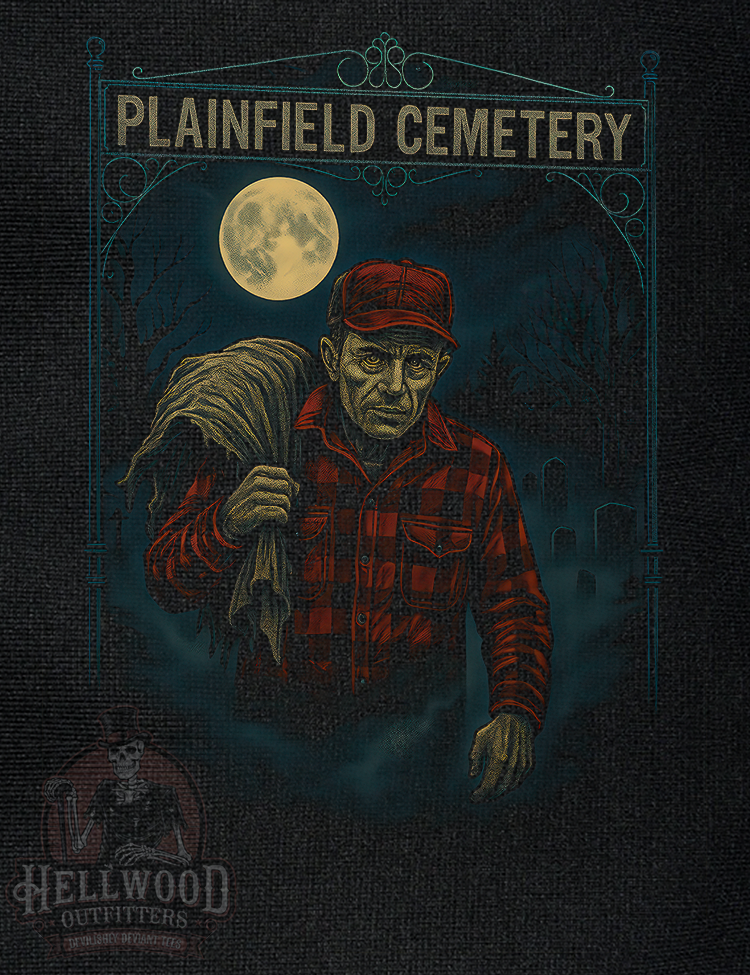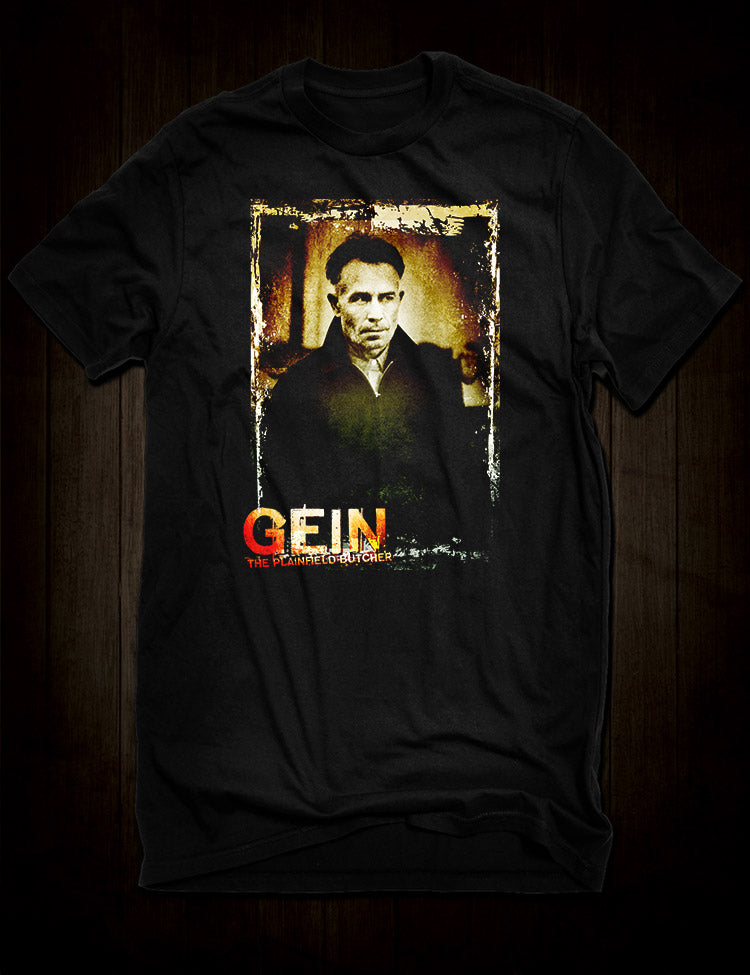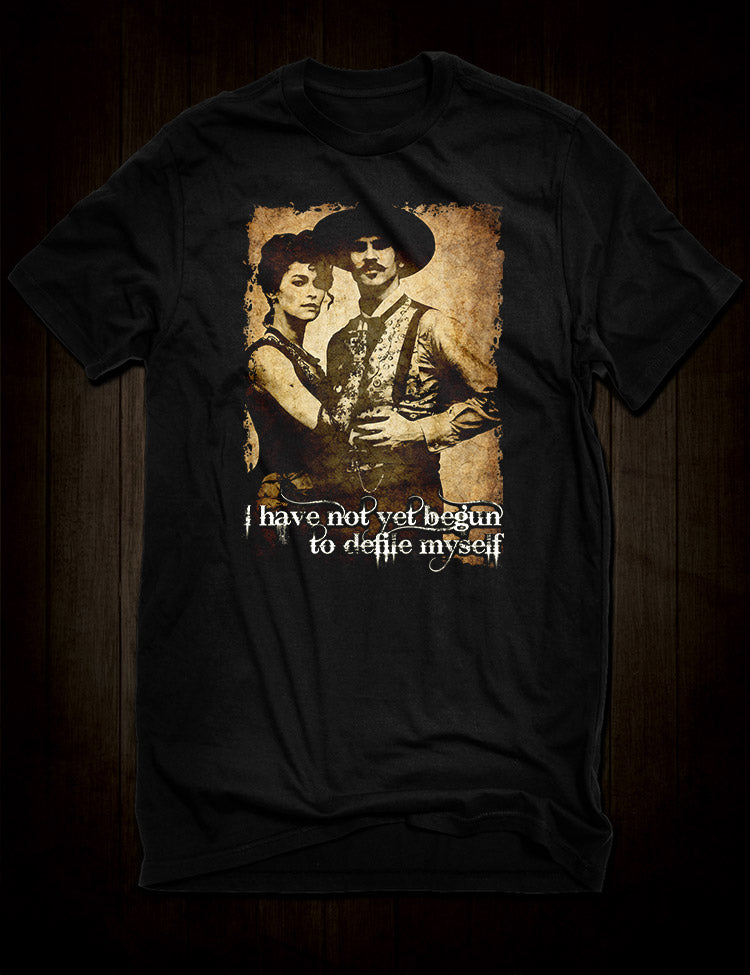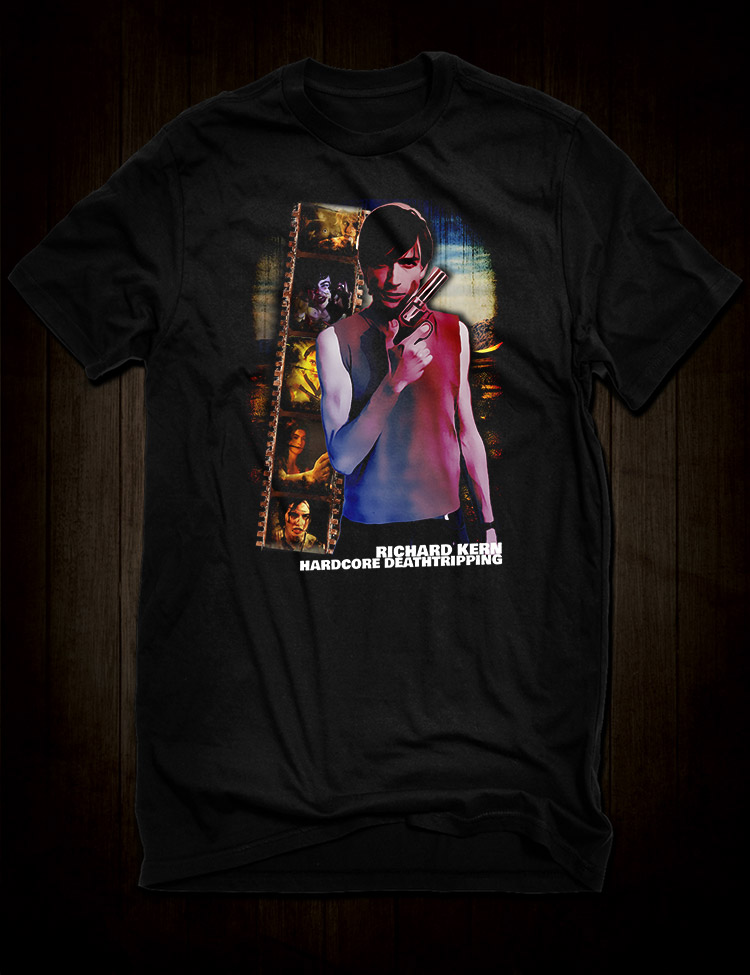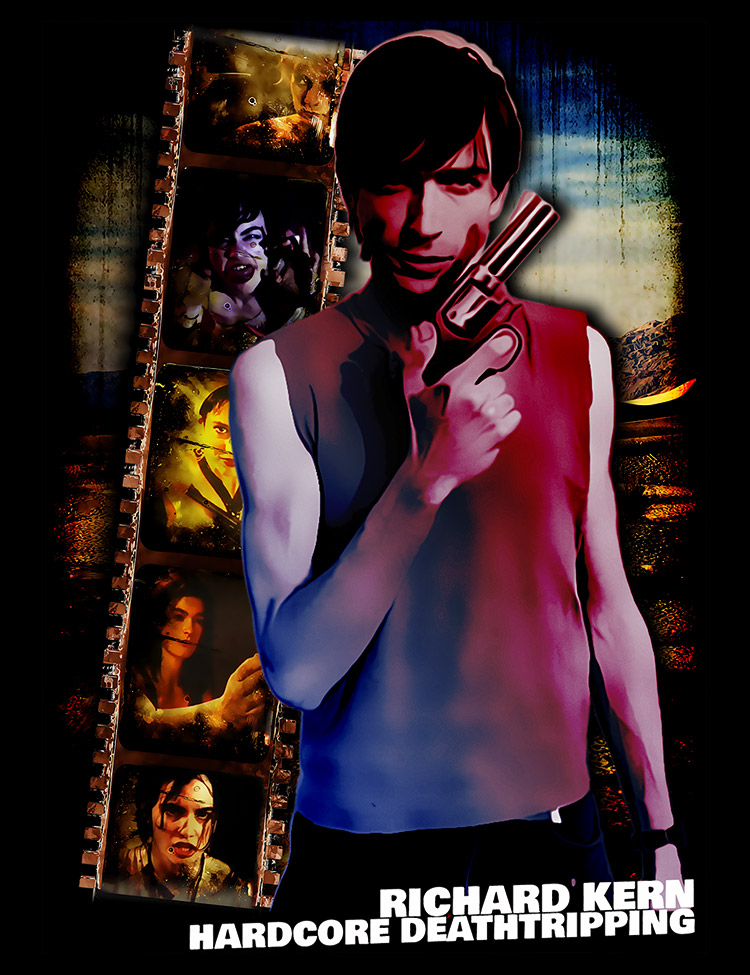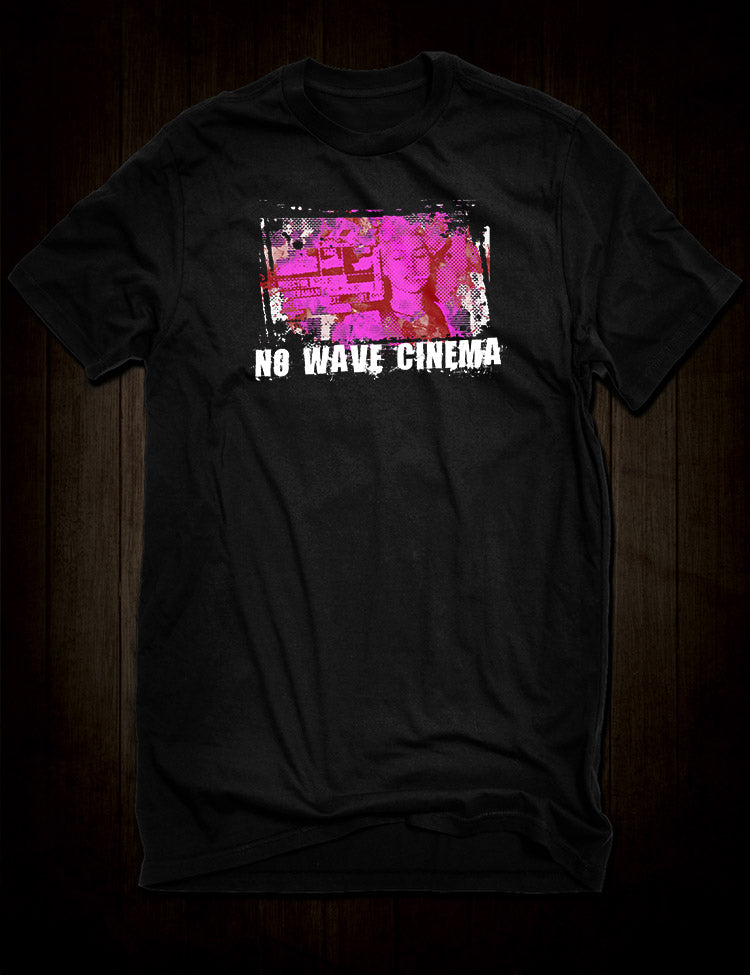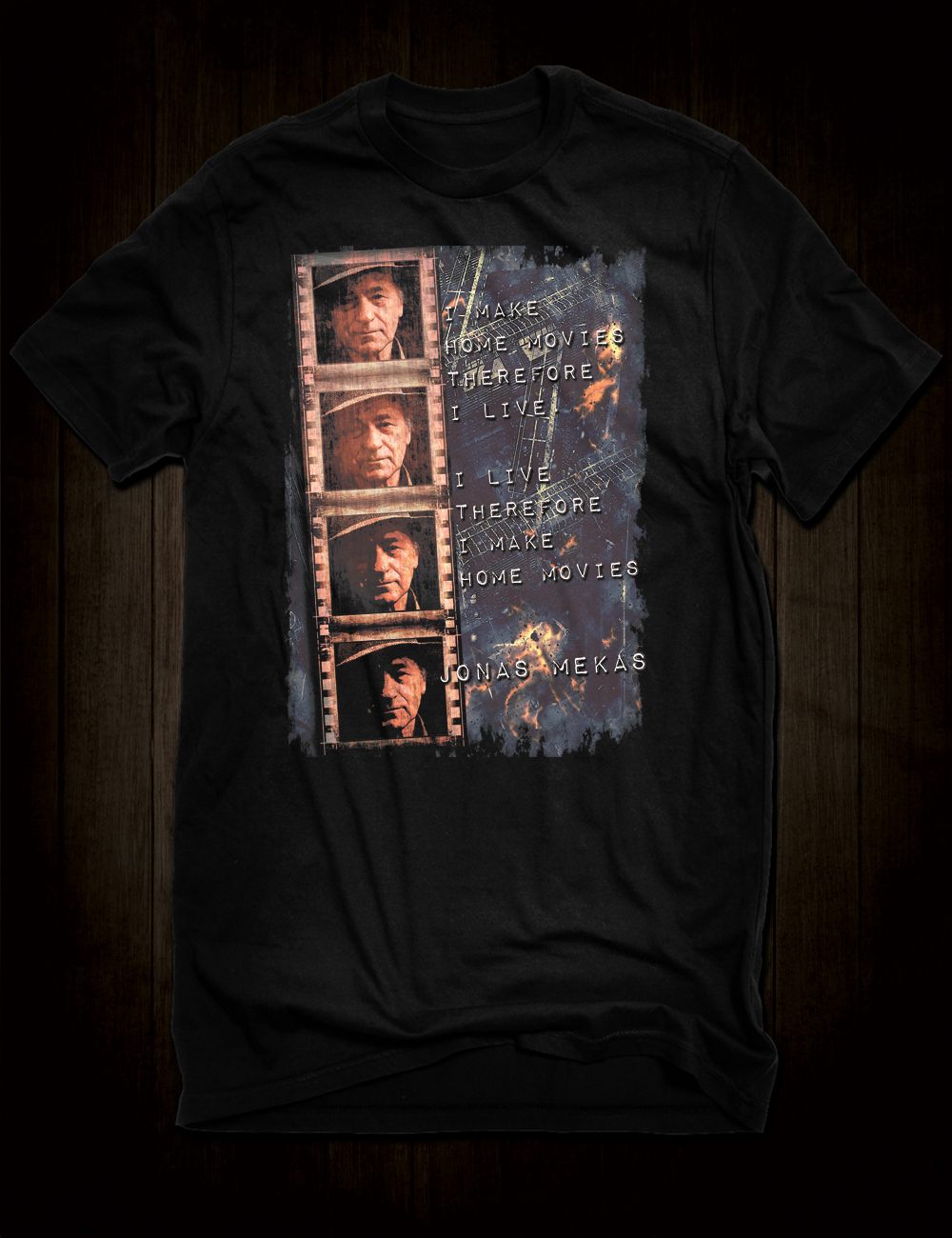
What Makes an Artist Underground? The Unwritten Rules of Rebellion
What Makes an Artist Underground? The Unwritten Rules of Rebellion
1. Introduction: Defining the Underground
There’s something electric about the word underground. It conjures images of shadowy basements pulsing with raw sound, of graffiti-covered backstreets, of whispered rumors about secret gigs and renegade artists. It’s a word that doesn’t just describe a location—it defines a state of mind. To be underground is to be just out of sight, to exist in a realm where creativity isn’t filtered through commercial lenses but allowed to breathe freely, unchained.
An underground artist, whether a punk poet, an experimental electronic musician, or a streetwise visual provocateur, operates beyond the bright lights of mainstream approval. They prioritize unfiltered authenticity, choose creative freedom over market formulas, and cultivate a direct connection with an audience that values truth over polish. This isn’t just about being obscure—it’s about choosing to rebel against the expectations of commodified culture.
In this blog, we’ll dive deep into the unwritten rules that shape these subversive creators. We’ll explore what makes an artist underground, how they navigate the delicate balance between obscurity and impact, and why this rebellion resonates so powerfully in a world that often prizes conformity. It’s time to lift the veil and see what’s really driving the underground.
2. Independence from the Mainstream
Underground artists don’t wait for a nod from big record labels or flashy PR campaigns to make waves. Their art thrives in spaces unpolluted by corporate fingerprints. Instead of signing with industry behemoths, these creatives often turn to small, independent labels or self-release their work entirely. Think zines crafted on photocopiers, mixtapes burned and shared hand-to-hand, or music uploaded to Bandcamp long before a Spotify playlist curator even knew their name.
Take the case of Clipping., the experimental hip-hop group known for their industrial soundscapes and narrative lyrics. Long before they caught critical acclaim, they were dropping raw tracks on underground platforms, carving out a niche with uncompromising art that major labels likely found too abrasive. Or Azealia Banks, whose early days saw her release viral tracks on MySpace, bypassing traditional gatekeepers and instead relying on the magnetic pull of her unique sound.
Commercial radio and streaming giants tend to sideline these voices, not because they lack talent, but because they don’t fit into neat, marketable molds. The underground thrives in this rejection. By staying independent, these artists gain the freedom to innovate, tackle taboo themes, and maintain an unfiltered connection with their audience—one that’s built on substance rather than streaming statistics.
“When you stop chasing trends, you start making art that matters.” – Clipping.
3. The DIY Ethos: From Studio to Stage
For underground artists, the phrase “if you want it done right, do it yourself” isn’t just a motto—it’s survival. They record in bedrooms, basements, and makeshift studios with secondhand gear. They design their own album art, book their own shows, and promote their work on social media, street corners, and word of mouth. This DIY ethos isn’t about thriftiness—it’s about taking ownership of every aspect of their creative output.
Consider the punk scene of the late ‘70s and early ‘80s, where bands like Minor Threat not only wrote and performed their own songs but also pressed vinyl, hand-stapled zines, and organized shows in church basements. Or look to the rise of underground hip-hop collectives today, where artists manage every stage of their careers—from beat-making to video editing—without ever signing a contract.
This hands-on approach fuels innovation. Free from the constraints of industry expectations, underground artists experiment boldly, mixing genres, smashing conventions, and taking risks that mainstream acts might shy away from. Whether it’s a glitchy soundscape layered under soulful lyrics or a guerrilla art exhibit staged in an abandoned warehouse, DIY gives these artists the creative space to challenge norms and cultivate their unique voices.
4. Authenticity as a Guiding Principle
For underground artists, authenticity isn’t just a buzzword—it’s the beating heart of their creative ethos. While mainstream acts often shape their sound and image to appeal to mass audiences, underground artists lean into raw honesty. They tell stories that resonate deeply, addressing issues like social justice, mental health, and cultural heritage without the polish of market-tested approval.
“Art should comfort the disturbed and disturb the comfortable.” – Banksy
Picture an underground rapper who infuses their lyrics with biting political critique, or a visual artist who paints vivid, unfiltered narratives of their community’s struggles. This kind of art connects because it feels real. It’s not engineered for virality—it’s born from lived experience and personal conviction. Compared to the sheen of commercial productions, underground work feels intimate, urgent, and unafraid to push boundaries.
The mainstream often demands that artists simplify or stylize their messages to maximize profit. Underground artists reject that pressure, using their platforms to challenge, disrupt, and provoke thought. It’s a commitment to art as a vessel for truth rather than a commodity for consumption.
5. Building and Belonging: The Underground Community
Step into an underground venue—a dive bar, a loft gallery, a basement club—and you’ll feel it immediately: the sense of belonging. Here, artists and fans aren’t separated by velvet ropes or corporate branding. Instead, there’s a grassroots camaraderie, a shared understanding that everyone is there for the art, the message, and the moment.
These communities thrive on intimacy. Shows might be announced last-minute on social media, whispered about in close circles, or shared via coded flyers. The audience isn’t passive; they’re active participants, giving feedback, collaborating, and forming real connections with the artists. Think secret gigs in converted warehouses or pop-up exhibits in abandoned buildings—spaces where art feels alive and communal.
This closeness fosters mutual respect. Unlike the mainstream, where fans might feel like consumers, the underground encourages a dialogue between artist and audience, blurring the lines between performer and participant.
6. Rebellion and Resistance
Underground artists don’t just create—they rebel. Their work challenges aesthetic conventions, confronts political norms, and often delivers a gut punch to social expectations. Whether it’s through experimental soundscapes that refuse to conform to radio-friendly formulas, lyrics that dissect systemic injustice, or art installations that question cultural taboos, underground creators embrace discomfort as a catalyst for change.
They resist commodification, rejecting the sanitized narratives favored by mainstream media. Distribution methods like limited-run cassettes, guerrilla projections, or zines bypass conventional channels altogether, ensuring that the message remains unfiltered. This resistance isn’t about being contrary for its own sake—it’s about preserving the integrity of the art and amplifying voices often marginalized by larger platforms.
Underground artistry thrives in this space of tension, where rebellion isn’t just a theme but a way of life. It’s in the offbeat rhythms, the sharp lines of graffiti, the whispered lyrics that don’t play nice with pop algorithms. And it’s what keeps the underground vibrant and perpetually evolving.
7. Spotting the Underground: How to Recognize an Underground Artist
So, how can you tell if an artist is part of the underground? Start with the signs: their music isn’t dominating commercial radio or major playlists. They’re likely distributing their work through indie platforms, physical releases, or word-of-mouth channels. They maintain tight creative control—no record execs dictating their sound or style.
“The underground isn’t hiding—it’s just choosing where to shine.” – Princess Nokia
Look closer at their performance spaces. Underground artists play in small, often unconventional venues—DIY clubs, living room shows, pop-up galleries. Their art carries an edge of originality and a depth of message, often aligned with a specific subculture or movement.
Subtle cues like zine collaborations, gritty promotional art, and unconventional formats (think cassette-only releases or unlisted YouTube drops) distinguish them from the slick marketing of mainstream acts. At the core, it’s their unwavering commitment to authenticity, community, and rebellion that marks them as truly underground.
8. Why Stay Underground?
For underground artists, the question isn’t just “Why go mainstream?”—it’s Why would I trade creative freedom for commercial compromise? The underground isn’t just a stepping stone; it’s a deliberate choice to stay raw, real, and true to one’s vision. Here, artists can explore unconventional ideas, experiment with styles, and push boundaries without the pressure to fit into neat, market-friendly boxes.
These spaces offer deeper connections with niche audiences—fans who crave authenticity and aren’t swayed by flashy promotions or radio rotations. There’s an unspoken understanding, a shared commitment to the art and its message. Performances in intimate venues, secret shows, and DIY festivals become communal rituals where artist and audience share not just a sound, but an ethos.
Rejecting the commercial grind isn’t about arrogance or inaccessibility—it’s about valuing the integrity of the work over mass appeal. Staying underground means embracing the chaos, the grit, and the creative control that come with it. It’s a commitment to being real in a world that often rewards the polished and the predictable.
“Underground is where the real revolution is happening.” – Anonymous graffiti artist
9. Conclusion: The Unwritten Rules
So, what truly makes an artist underground? It’s not just the venue or the sound—it’s a mindset. Underground artists follow an unwritten code: independence from mainstream structures, authenticity in expression, deep community ties, and an unflinching rebellion against norms. They operate in spaces where the art speaks louder than the marketing, where the message matters more than the money.
In a cultural landscape dominated by algorithms and commercialization, the underground remains a vital countercurrent—a space where voices too raw, too complex, or too challenging for the mainstream can not only survive but thrive. Its enduring appeal lies in its refusal to be tamed, its commitment to fostering genuine connections, and its celebration of creative risk.
As long as there are stories to tell that don’t fit the mold, there will be an underground—whispering in basements, painted on alley walls, pulsing from homemade beats. And those who choose this path will continue to write the unwritten rules of rebellion.
10. A little extra
Spotlight: Short Profiles of Notable Underground Artists
-
Minor Threat
Emerging from the D.C. hardcore punk scene in the early 1980s, Minor Threat embodied the DIY ethos. They self-released records on their own Dischord Records label and promoted the straight-edge lifestyle, rejecting mainstream excess and pushing for social and personal integrity in punk culture. -
Clipping.
Experimental hip-hop trio Clipping. blends noise, industrial sounds, and dense lyricism to challenge the conventions of mainstream rap. Known for eschewing traditional song structures, their music often tackles complex themes like systemic oppression and science fiction narratives, earning them a devoted underground following. -
Princess Nokia
This genre-bending artist has carved out her own lane by mixing hip-hop, soul, punk, and electronic influences. Known for fiercely independent releases and outspoken social commentary, she’s become a voice for marginalized communities and a symbol of underground resilience. -
Graffiti Collective MSK (Mad Society Kings)
Operating from the shadows of Los Angeles, MSK transformed graffiti from vandalism into high art, using urban canvases to challenge socio-political norms. Their work exemplifies the rebellious spirit of underground visual culture.
Sidebar: Quick Facts or Myths about Underground Art and Music
-
Myth: Underground art is low quality.
Fact: Many underground works exhibit innovation and technical skill that rival, and often exceed, mainstream productions—what they lack in polish, they make up for in raw impact. -
Myth: “Underground” just means unpopular.
Fact: Underground status isn’t about popularity—it’s about operating outside commercial and industry norms. Some underground artists have dedicated global followings without ever topping a chart. -
Fact: Cassette culture in the 1980s was a key driver of underground music, enabling artists to distribute recordings cheaply and creatively—an ethos that inspired modern digital platforms like Bandcamp and SoundCloud.
-
Fact: Underground art is not a genre—it’s a mindset. Whether hip-hop, punk, electronica, or visual art, it’s defined by independence, experimentation, and authenticity.

